Kyojuro Rengoku’s demise in Demon Slayer reshaped the series. Learn how his sacrifice touched audiences deeply and changed the narrative.
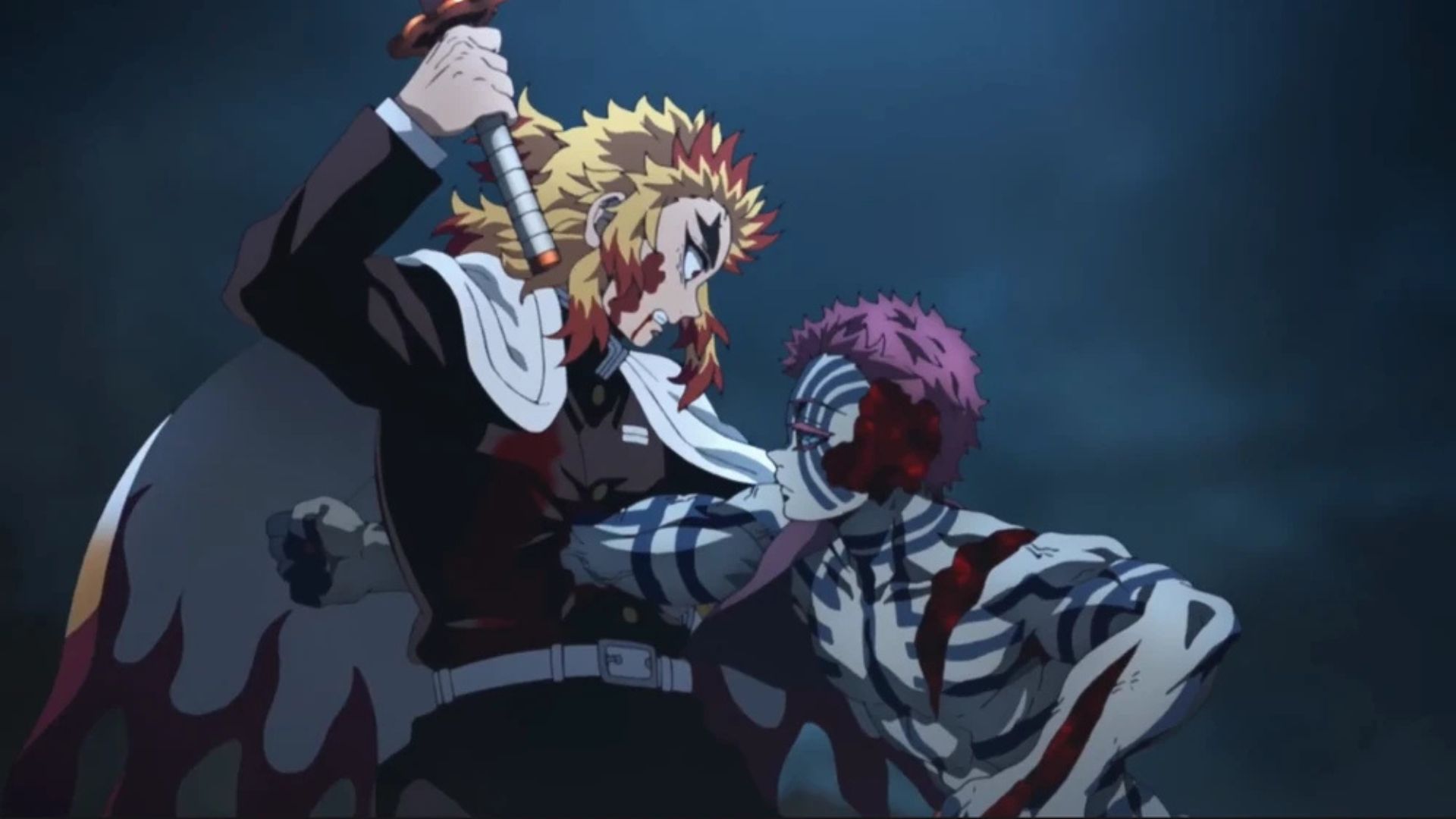
Few anime deaths leave a lasting impact on audiences quite like Kyojuro Rengoku’s in Demon Slayer: Mugen Train did. His death was not just a tragic loss but a pivotal moment that shifted the dynamic in the main story. His sacrifice was so memorable that it solidified his role as one of the most beloved Hashira in Demon Slayer.
This article explores how Rengoku’s death was crafted carefully, from the buildup to the aftermath, and why it remains one of the most impactful deaths in the history of anime.
Rengoku as a Hashira
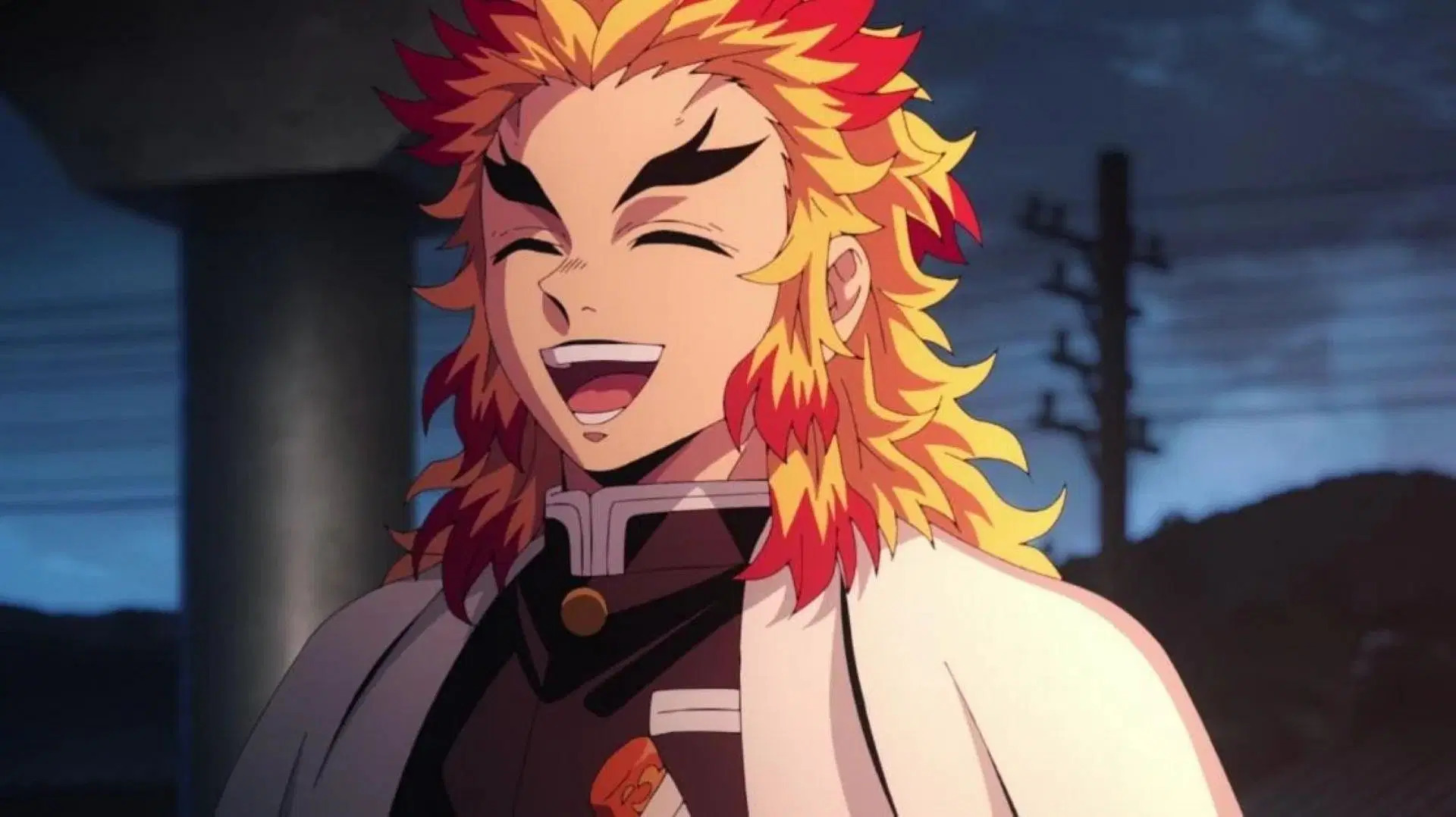
Kyojuro Rengoku was the Flame Hashira in Demon Slayer Corps. People recognized him for his swordsmanship, strong sense of duty, and eccentric optimism. This made him a capable warrior and a great leader. His Flame Breathing style is a direct reflection of his passionate nature.
His role as a Hashira is much more than his skills as a warrior. Rengoku is an inspiration and a symbol of hope. His presence was so influential that he became a guiding light to those in need of encouragement. His unwavering commitment to protecting humanity makes him a figure of immense respect and admiration.
Rengoku is the only character who had joined the Demon Slayer Corps to fight for humanity, unlike others who came to this field holding a grudge against demons.
While engaging in a battle, he was very strategic and was able to make quick decisions after analyzing his condition. Especially when others’ lives were on the line, Rengoku would go to any lengths needed to protect people from demons.
His interactions with Tanjiro, Zenitsu, and Inosuke further showed his compassionate yet disciplined nature. Rengoku initially disapproved of Tanjiro for protecting a demon, but he eventually changed his perception and recognized the strength of the Kamado siblings.
The Mugen Train Arc: Setting the Stage
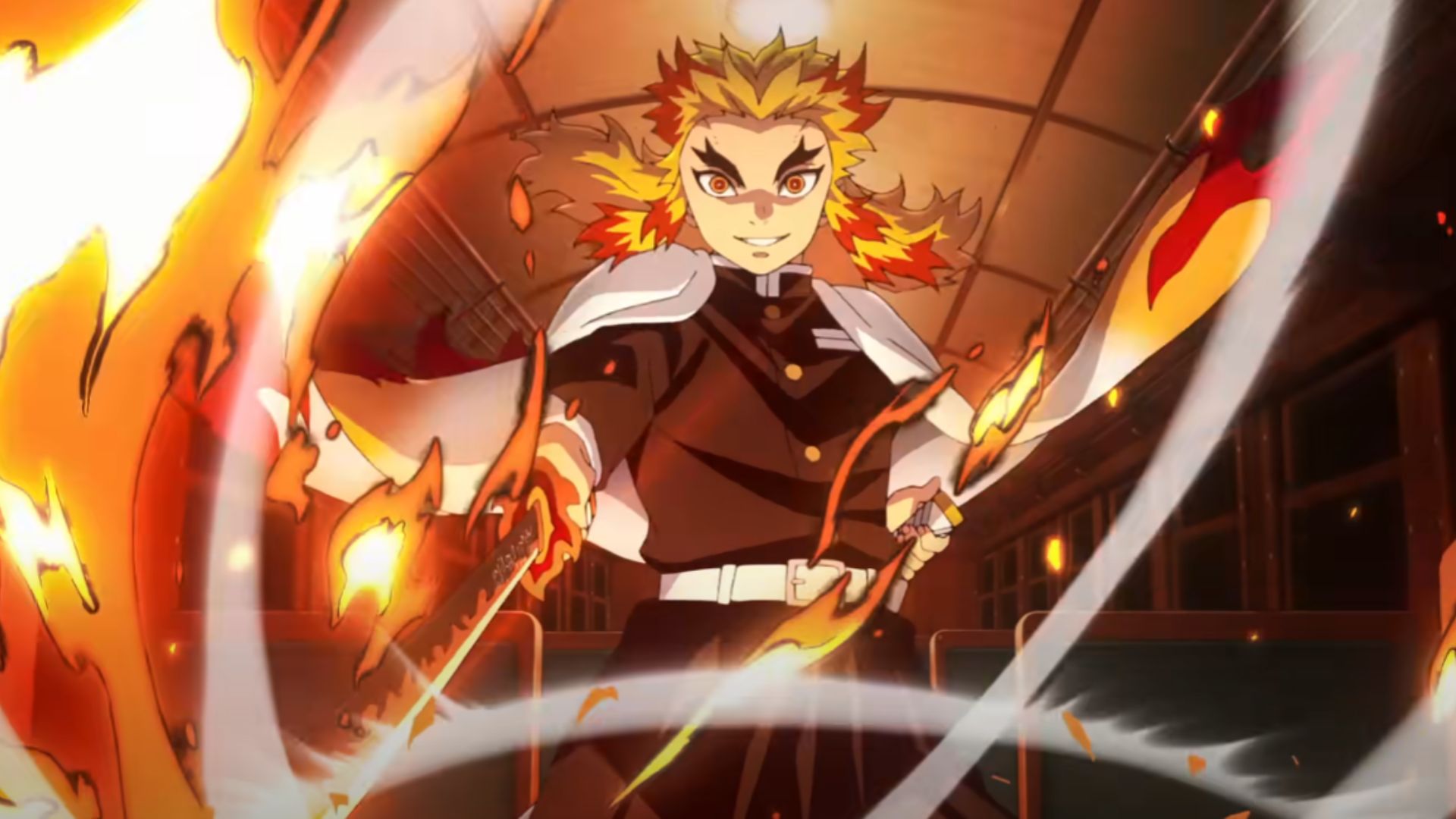
The arc unfolds on the Mugen Train, where Tanjiro, Inosuke, Zenitsu, and Rengoku are tasked with investigating a series of mysterious disappearances. The story continues after the ending of season one of the anime. What was supposed to be an easy mission took a different turn. The enemy confronted the protagonist trio (with Nezuko) much sooner than expected. Enmu was a member of Twelve Kizuki, holding the position of Lower Rank One.
Rengoku with his iconic dialogue “Umai” meaning delicious, while eating an ungodly amount of Bento Box meals captured the attention of the audience. Here for the first time, we saw more of his personality. His diligence towards respecting food was odd. This helped the audience understand that he was going to be an important part of the arc.
It was true as he played the role of a strong supporting character. Throughout the movie, his presence is important to Tanjiro as he still does not have the experience to fight a fairly strong opponent.
And just when the movie did a great job of portraying the importance of Rengoku as a character, they had to give him a challenge to overcome. It helps in proving his credibility. Therefore, after the fight with Enmu was over and everyone rejoiced over their hard-earned victory, they introduced Akaza.
A demon that Tanjiro at that point in time was not ready to face, yet we were confident that Rengoku could win it. This confidence emerged in us due to the continuous buildup of his character.
The Fight Against Akaza

Now that the story set the stage for Rengoku to face Akaza, fans anticipated that the Hashira would defeat the demon. Until now, even when the heroes nearly died, they still finished the job. Akaza was a deranged demon obsessed with fighting to grow stronger. We were sure that his sun-breathing form would incinerate Akaza. Plus, we were also riding on the high of victory against Enmu. Everything was going to go well, but to our horror, it became a fight for survival.
Suddenly the whole vibe of the series changed. Right now, the story snatches away the characters’ illusion of safety before they can even celebrate their victory properly. The battle pushes Rengoku to his physical and emotional limits. The creators choreograph the fight beautifully, making it feel like a roller coaster ride to watch. It was anyone’s game and we could not have predicted who would emerge victorious.
That is when everything changed, and everyone faced the harsh reality of their world. The demons are powerful, and victory is not always guaranteed. Relying on just one person would not be enough. It reminded everyone that joining the Demon Slayer Corps meant that their life was one line, and they would have to work as a team to bring down the evil that kept lurking around.
The Emotional Weight of Rengoku’s Death
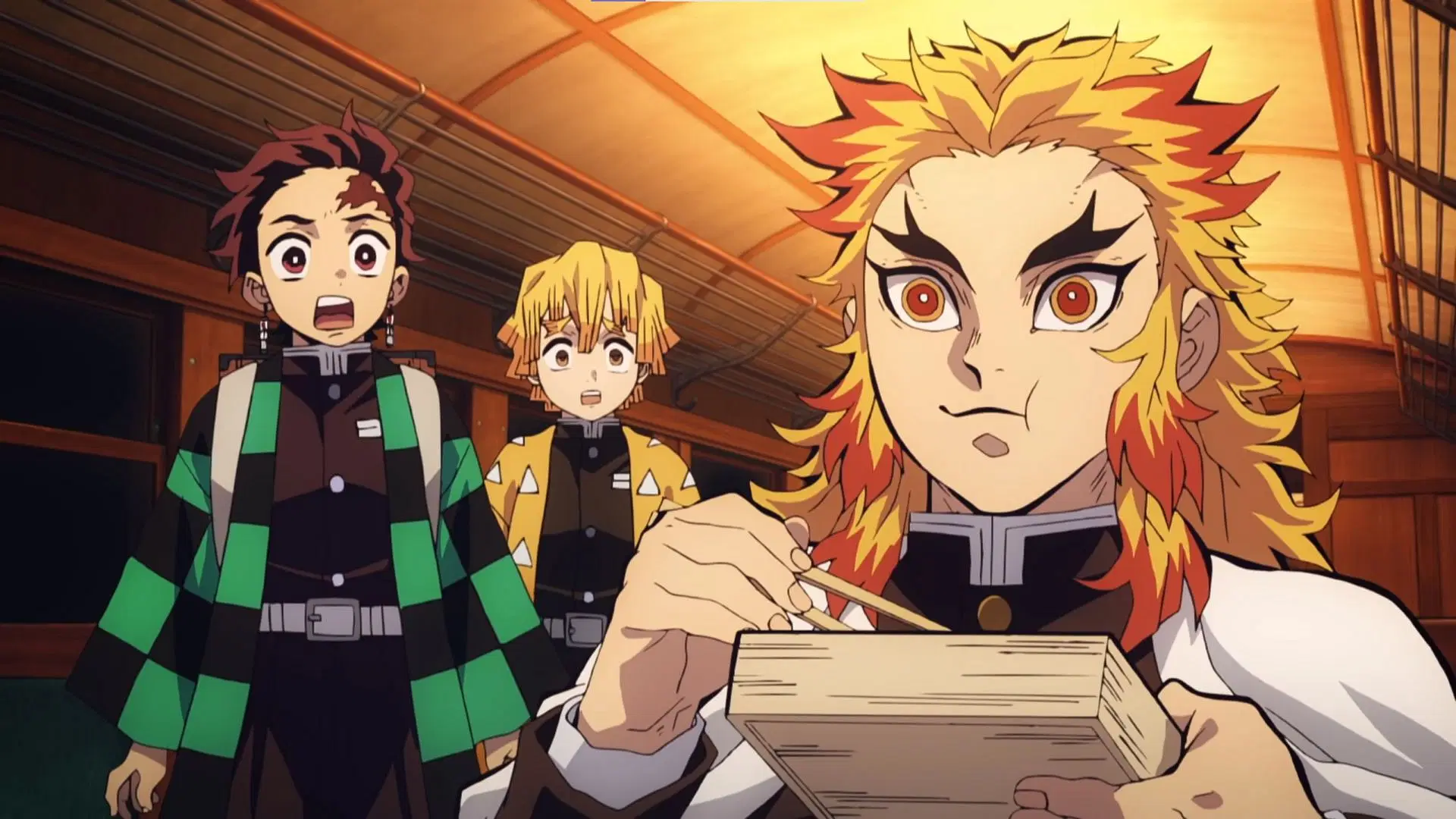
Rengoku’s death was not just a tragic loss; it was a moment of profound emotional depth that shook the audience. Despite being fatally wounded, he refused to give up. He held Akaza in place to ensure the safety of others. His final words to Tanjiro were to carry on and grow stronger, this served as both encouragement and a passing of the torch. He knew that death was certain and would need to make sure the reason he was fighting for did not die.
Unlike many other anime deaths that surprise the audience, the creators carefully built up Rengoku’s death, taking time to ensure the audience fell in love with his character. The emotional value of this incident was higher than any other deaths in the series, as this one was the first time where some significant and powerful character died. Moreover, his death portrayed that no one was safe, increasing the stakes in the lives of every Demon Slayer Corps member.
The fight’s aftermath overflowed with raw emotion. Tanjiro screamed at Akaza, condemning him as a coward for fleeing at sunrise, knowing he would be at a disadvantage and perish. Rengoku’s final moments broke the intense silence that followed, making the scene even more heartbreaking.
Tanjiro carried this rage forward, using it to push himself harder in training. His motivations changed—he no longer fought just to find a cure for his sister but to ensure that all demons were slain. His battle evolved into a larger purpose within the grand scheme of things.
Even as Rengoku lay dying, he smiled, assuring everyone that he had no regrets. His belief that he had fulfilled his duty made his passing bittersweet—tragic, yet beautiful. His mother’s vision, appearing to welcome him into the afterlife, reinforced the idea that Rengoku had lived his life with honor. It was a rare moment of peace in an otherwise devastating scene, allowing both the characters and the audience a moment to process the loss.
How Rengoku’s Death Fuels Character Growth
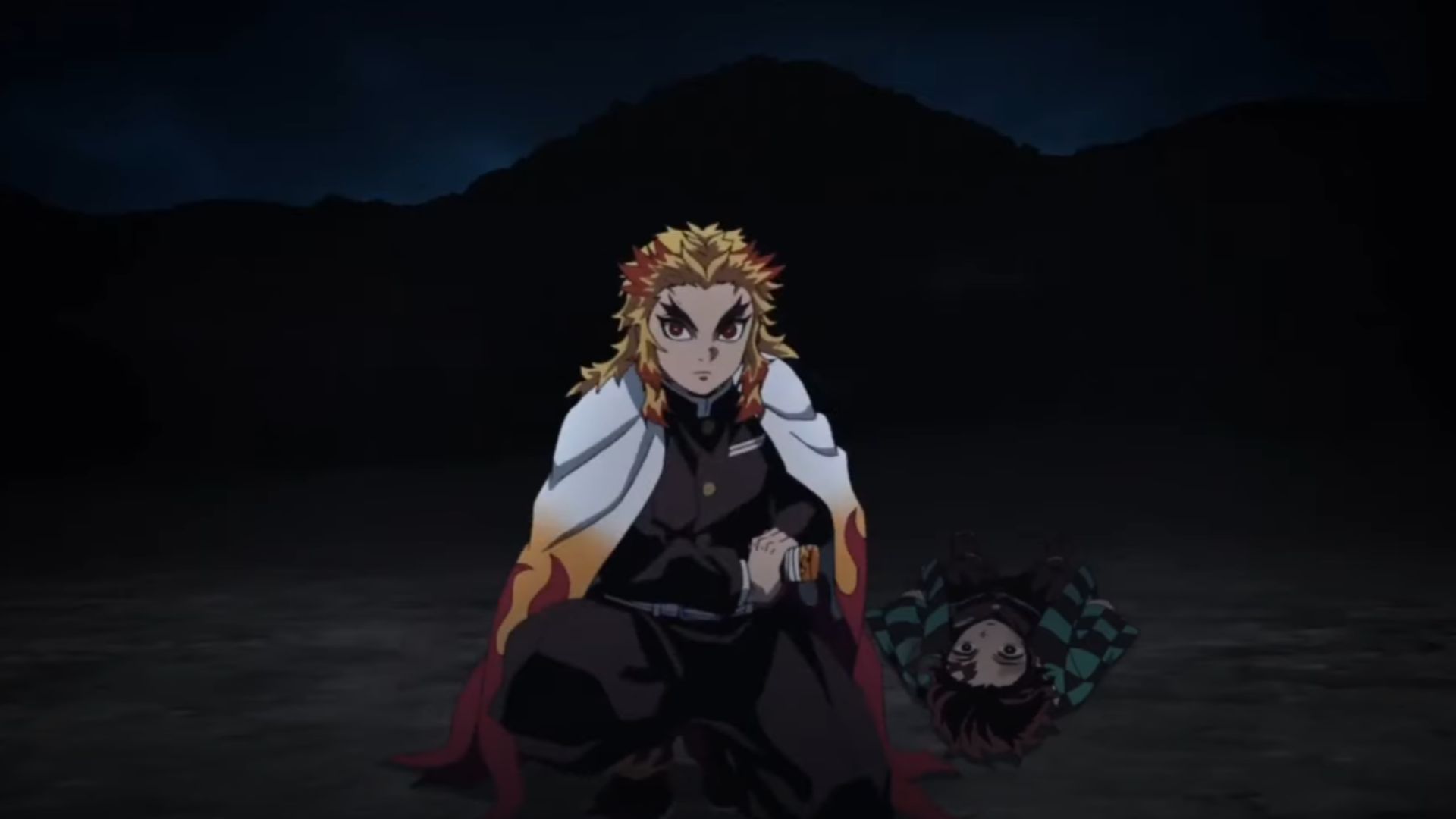
Rengoku’s death was not just about tragedy; it sped up character development, particularly for Tanjiro, Inosuke, and Zenitsu. Each of them deeply felt his passing, which motivated them to improve.
Tanjiro—Rengoku’s final words struck Tanjiro heavily, cementing his resolve to become stronger. His sense of duty and determination to protect others was intensified, and he kept on pushing himself to continue his training and took on difficult challenges.
Inosuke – Known for his brash and impulsive nature, Inosuke struggled to process the loss. His rare moment of vulnerability, where he encouraged his friends to keep moving forward despite their grief, showed significant character growth.
Zenitsu – While often portrayed as a coward, Zenitsu’s admiration for Rengoku deepened his desire to prove himself, inspiring him to take his training more seriously.
Even outside of the main trio, Rengoku’s death had far-reaching consequences. The other Hashira mourned his loss, recognizing the void left behind. Senjuro grappled with his feelings of inadequacy, further exploring the theme of legacy and carrying on one’s will.
Ufotable’s Animation and Storytelling Excellence
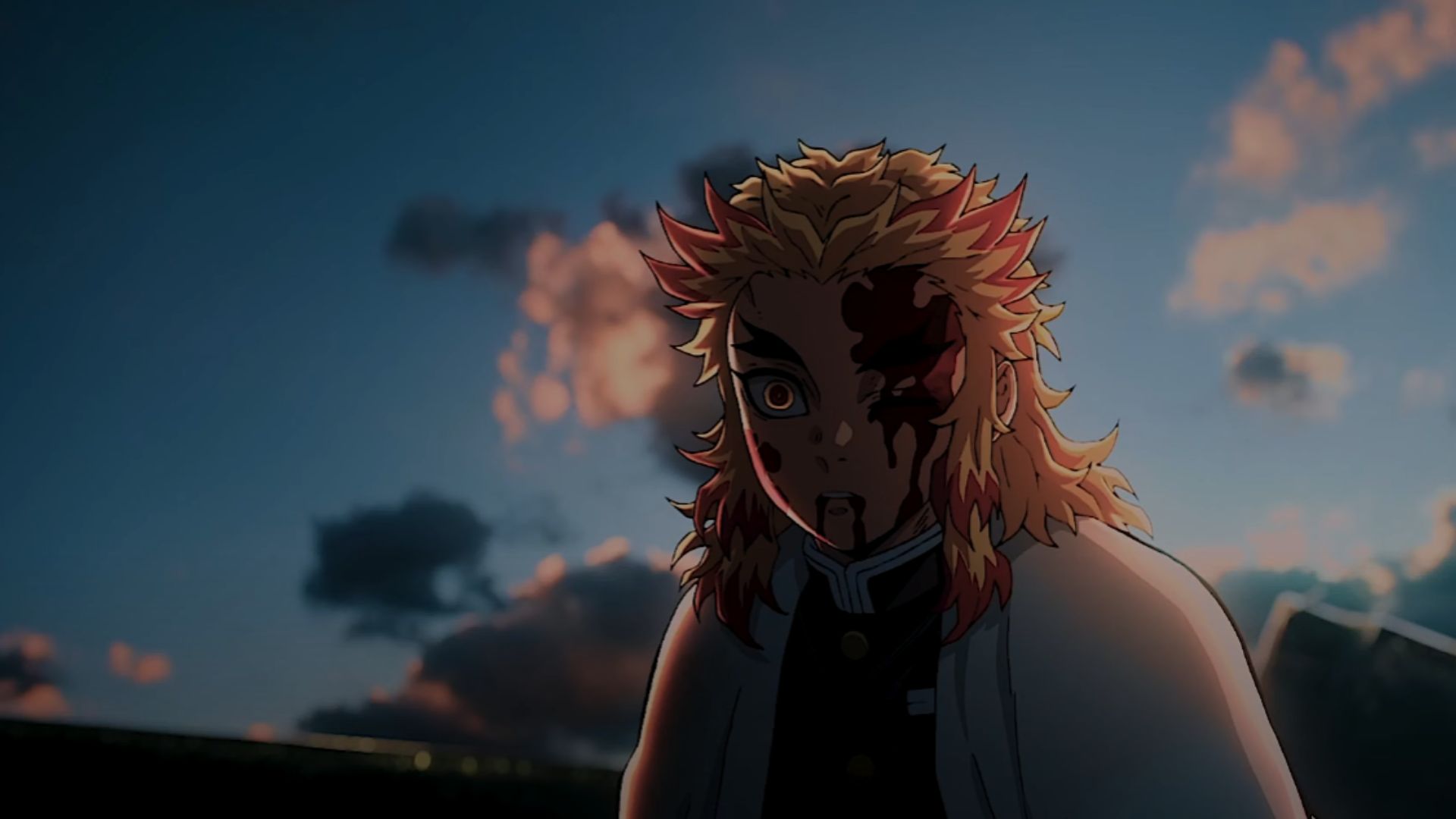
One of the reasons Rengoku’s death affected us so deeply was Ufotable’s skills in the execution of the Mugen Train arc. The studio’s dedication to high-quality animation, fight choreography, and emotional storytelling made every moment memorable.
The battle between Rengoku and Akaza shined with visual brilliance. Striking colors, dynamic lighting, and fluid animation made each attack feel powerful as fire and energy exploded across the screen. Beyond the action, the scene carried deep emotion. Rengoku’s expressions, his comrades’ tears, and the final sunrise added to the weight of the moment.
Yuki Kajiura and Go Shiina’s music and sound design enhanced the impact. The shift from intense battle music to somber tones made Rengoku’s final moments even more powerful. They ensured that even manga readers would experience the scene just as the author intended.
Conclusion
The story needed Rengoku not only to highlight the importance of strength in the world of Demon Slayer but also to provide a platform to introduce Akaza. From the moment they met, Tanjiro and Akaza’s fate intertwined. We knew that we would get our revenge and it showed the power difference between them during their first encounter.
Tanjiro had a long way to go, and he lived up to everyone’s expectations. During the final fight when he finally beheaded Akaza, we could say that the story that had started from the start of Mugen Train Arc finally came to an end.
Looking For More?
Thank you for reading the article. We provide the latest news and create guides for Baldur’s Gate 3, Starfield, ARK Survival Ascended, and more. Also, watch Deltia play games on Twitch or visit his YouTube channel!
 Reddit
Reddit
 Email
Email


